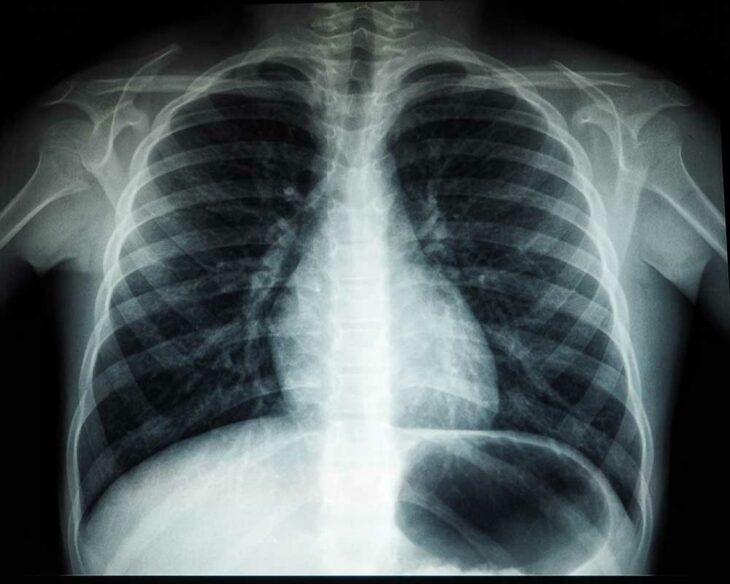Modern medicine uses radiation extensively in diagnosing disease. The Hippocratic Oath says, “First, do no harm,” so I’ve always wondered whether the X-rays I’ve ordered might be causing unintended harm to my patients. Here are some important facts to consider about the effects of radiation exposure.
Radiation damages the body
Radiation causes cancer, cataracts, hair loss, hearing loss and memory loss. Just living on our planet subjects us to constant exposure. Each year we absorb 20 millirem, or mrems, from the soil below our feet. Even our body contributes to our radiation load, creating about 30 mrems yearly. Overall, counting sources such as cosmic radiation, exposure to building materials and so forth, it’s estimated the average person absorbs between 200 and 300 mrems annually.
Certain activities increase radiation exposure, too. A pack a day of cigarettes adds an additional 33 mrems yearly. If you have radon gas in your basement, you nearly double your yearly exposure, adding an additional 228 mrems. Taking a jet ride adds a not-very-significant 1 mrem each trip. Living at higher elevations slightly increases radiation exposure but doesn’t affect health risks.
Diagnostic x-rays expose patients to radiation at varying levels
X-rays penetrate air, skin and fat easily, making the black part of the X-ray films. Water, such as blood in the heart and tissues such as the liver, absorb the ions, creating the grayer shadows. Bone stops all radiation, providing the resulting white film shadows. Thus, X-rays of air-filled areas, like a chest X-ray, require very little radiation, about 10 mrems per shot. A person would have to have 20 chest X-rays before doubling his or her normal background radiation for the year. X-rays of very small parts, such as a hand, add only 1 mrem. A dental X-ray is only about one-tenth of that.
Other X-rays involve higher levels of radiation. A mammogram, for instance, involves 400 mrems, doubling a person’s annual exposure. A CT cardiac screening injects 2,000 rems, or about seven years of additional exposure. A CT of the abdomen and pelvis with and without contrast, a common diagnostic evaluation ordered in the emergency room for anyone with belly pain, subjects the patient to 15,400 rems, so more than 50 years of excess radiation. I’ve known patients who’ve had several of those within a year.
Single, high-dose exposures are much more dangerous than chronic exposures. A single one-time dose of 100,000 mrems will cause radiation sickness, and 500,000 will kill half of those exposed. According to the World Nuclear Association, “Exposure to 35,000 mrems was the criterion for relocating people after the Chernobyl accident.” Today, the most radioactive place on Earth is the Fukushima reactor area in Japan.
Radiation accumulates
Radiation causes defects in a body’s DNA. While we’re young, our body can repair these miscodes, as long as the levels aren’t too high. Increased cancer risks begin to occur with 10,000 mrems a year, or roughly 30 times the normal background exposure. Over a lifetime, 100,000 accumulated mrems causes cancer in about 5 percent of all people.
There’s no method to remove radiation from the body, so every bit of radiation the body absorbs adds to a person’s life total.
In general, diagnostic X-rays are not dangerous and will not significantly increase your risk of complications such as cataracts or cancer. However, high-dose radiation, such as large body area CAT scans and PET scans (22,000 mrems) only should be undertaken when truly needed. If you have a condition requiring frequent X-ray evaluations, discuss with your physician how to minimalize your risks.
Dr. Philip L. Levin is a retired emergency medicine specialist in Gulfport. Learn more or contact him at www.Doctors-Dreams.com.



